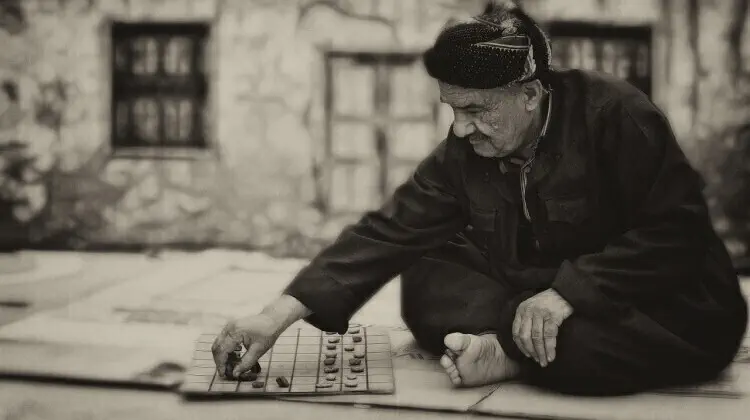6 Steps to Find a Day Trading Strategy That Works
By Galen Woods ‐ 4 min read
Find the day trading strategy that works for you. This 6-step guide will keep you on track to becoming a profitable and consistent day trader.

How many day trading strategies have you tried? Do they work? Can you make them work?
Let’s set our expectations right.
A day trading strategy that works for you might not work for me. A day trading strategy that works now might fail in the future. A day trading strategy that works in this market might not work for another market.
Finding a day trading strategy that works is not a straightforward process. It takes time and hard work.
1. Choose a day trading strategy that makes sense to you
You have to take the first step in murky waters. You have no idea which day trading strategy works. Everyone says that their strategy works. Everyone believes that they have the Holy Grail and is so eager to share.
Who should you trust?
Yourself.
Explore as many trading strategies as you can. Pick one that makes sense to you. (If you find several strategies that you are interested in, archive them. You might need them later.)
2. Learn how to trade with the day trading strategy
This is the research stage. Find out as much as you can about the trading strategy you chose. Search online, read books on trading, and online trading forums. Study historical price charts.
For instance, if you had chosen the MACD with inside bar day trading strategy, learn everything you can on the MACD indicator and inside bars.
Focus on how to find the best day trading setups.
3. Write down your day trading rules
Combine the day trading strategy you chose in Step 1 and what you learnt in Step 2, and write your day trading rules.
These rules must state the conditions for trade entry and trade exit.
You can leave room for discretion. You can have rules and guidelines. You must follow the rules without exception. Guidelines state the parts where you can exercise your discretion.
For instance, your rule demands that price must close above the 20-period moving average for long trades. You must follow that without exception.
But your guidelines state that you should buy one tick above the pin bar. At your discretion, you can buy above a bullish inside bar as well.
4. Simulate 30 day trades
Get ready for some (virtual) action. Get a day trading simulator if you don’t already have one.
Follow the trading rules you wrote down in Step 3 and take 30 trades using your day trading simulator. (Trade the minimal trade size possible.)
For each trade, go through the evaluation cycle.
We have a zero-tolerance policy for flouting the rules. If you deviate from the rules, restart your trade count. If you wish to alter the rules, restart your trade count.
After taking 30 simulated trades based on the same rules, are you profitable (on paper)?
If you are, move on to Step 5. If not, reach for your archive of day trading strategies and start from Step 1.
5. Start day trading real money
This is the exciting part for most day traders. But this is also the part where danger lurks.
Risk comes first. Take the worst drawdown you had in your 30 simulated trades. Double it. That is the minimal risk capital you need.
For instance, if your worst drawdown was $2,000, you must have at least $4,000 in your trading account.
If you trade futures, add your day trading margin to the amount.
If you trade stocks or options, add $25,000 to the amount to please SEC.
Start with one contract. Do not increase your position size for now.
Stay with your trading rules as you did during your simulation. Expect more intense emotions when trading real, hard-earned money. Expect worse performance.
This step will reveal if the day trading strategy works for you, even with all the psychological bullshit your mind is throwing at you.
6. Does your day trading strategy work?
After taking 30 live trades that are consistent with your trading rules, you should know the answer.
This last step is not a destination. It is a process. Keep evaluating your day trading strategy. As we mentioned earlier, a day trading strategy that works now might not work in the future.
If it works, learn more about money management models to manage your risk before increasing your position size.
If it does not work, go back to Step 1.
I have not failed. I’ve just found 10,000 ways that won’t work.
Thomas A. Edison